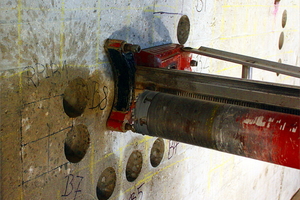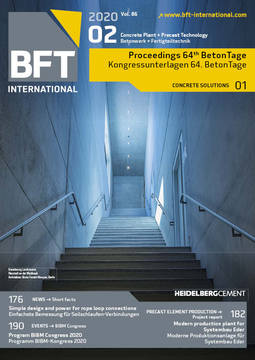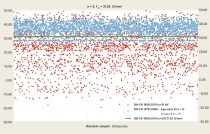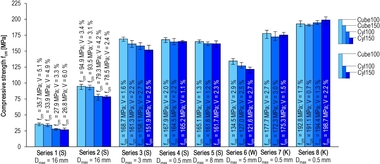New methods according to E DIN EN 13791:2018
Existing structural frameworks need to be recalculated in accordance with currently applicable standards owing to building conversion and subsequent changes in load levels. Concrete compressive strength is generally considered to be the key parameter for structural frameworks consisting of reinforced concrete. However, the related documentation pertaining to the construction phase of existing buildings or structures is often missing, which is why a comprehensive structural survey is necessary for determining the characteristic in-situ concrete compressive strength. DIN EN 13791/A20:2017 currently specifies the method for evaluating the compressive strength of concrete in existing buildings or structures or individual structural members. The characteristic in-situ compressive strength can be determined in accordance with the modified equation A or modified equation B depending on the number of core samples and the coefficient of variation. On the European level, E DIN EN 13791:2018 amends the previous standard governing the evaluation of in-situ compressive strength published in 2008. This draft specifies new methods for determining the characteristic in-situ concrete compressive strength. These methods are fundamentally different from the previous methods specified in DIN EN 13791:2008 and DIN EN 13791/A20:2017, and the review of their statistical validity is still underway.
Based on this review, a decision then needs to be made if DIN EN 13791/A20:2017 should continue to be applicable in Germany for the purpose of determining the characteristic in-situ concrete compressive strength, or if the new method according to E DIN EN 13791:2018 should be applied. Particularly for small samples (n = 3 to n = 7), determining the characteristic in-situ compressive strength in accordance with Section 8.1(7) and Section 8.3 will result in a significantly higher value compared to the characteristic in-situ compressive strength determined in accordance with DIN EN 13791/A20:2017, and thus in an increase in the compressive strength to be applied to the recalculation, which must not be neglected.






